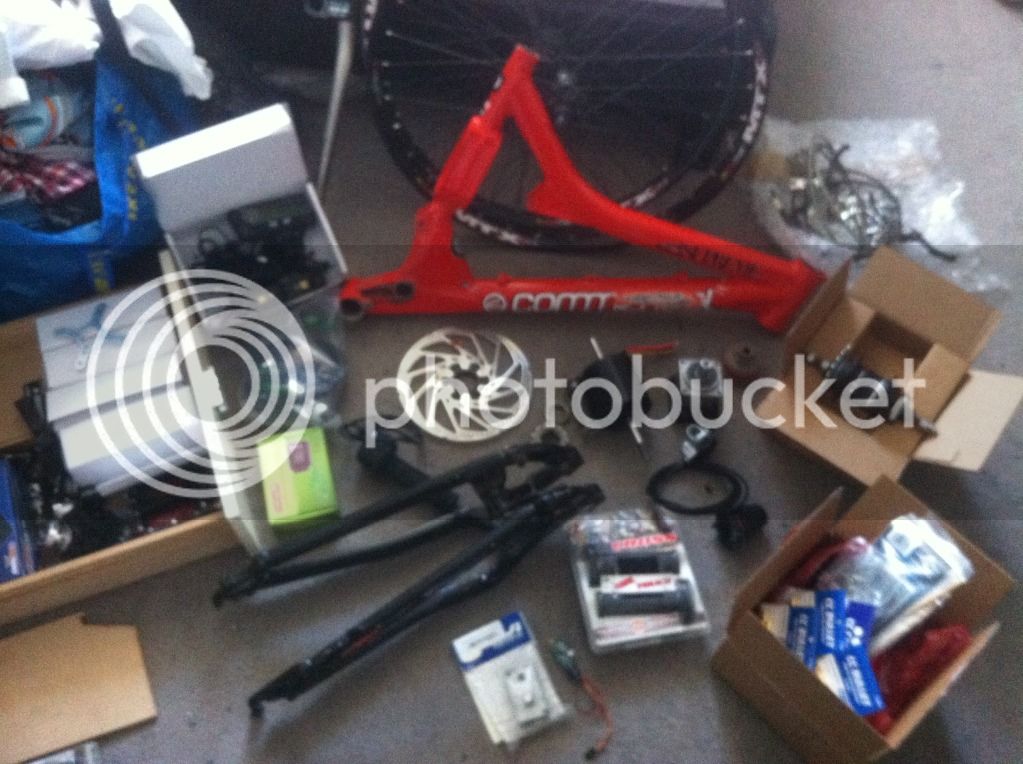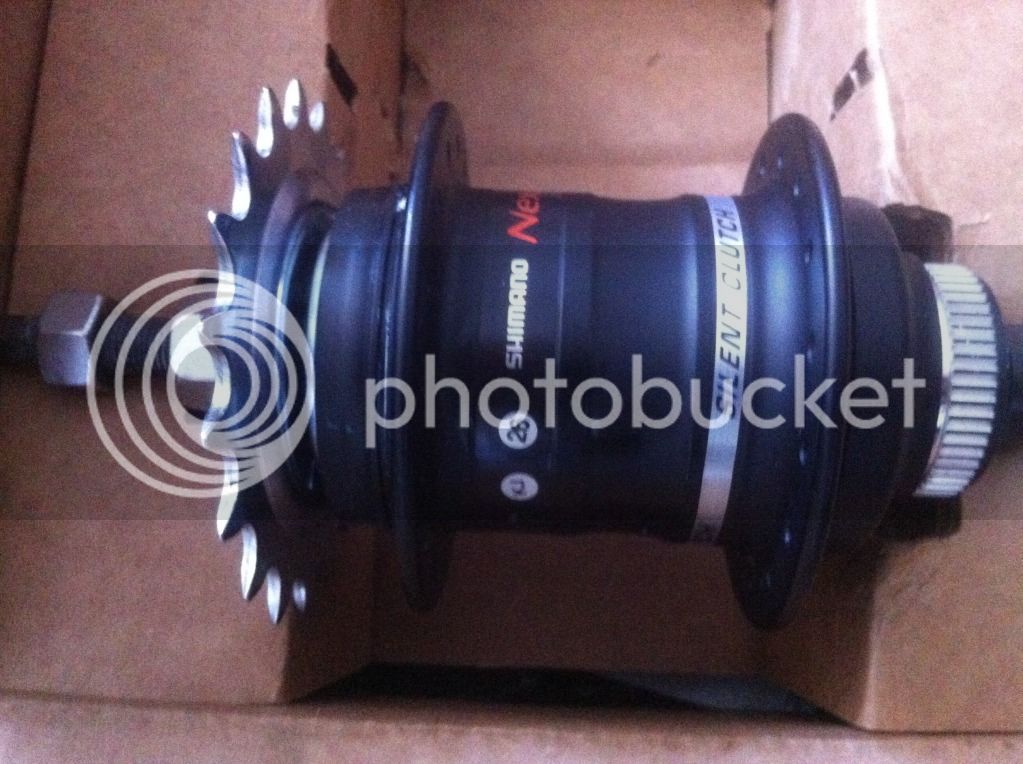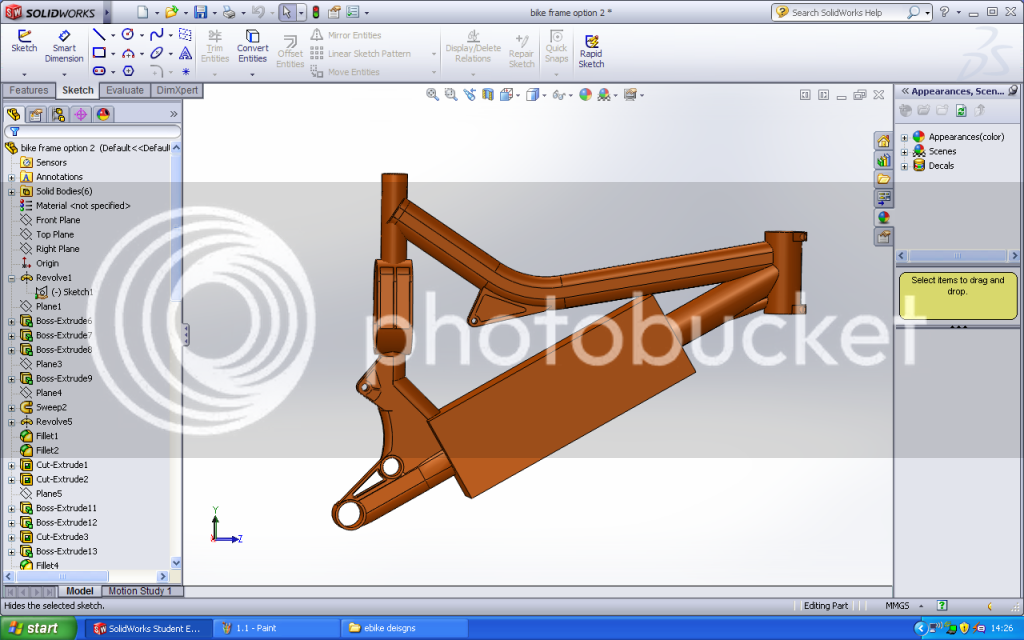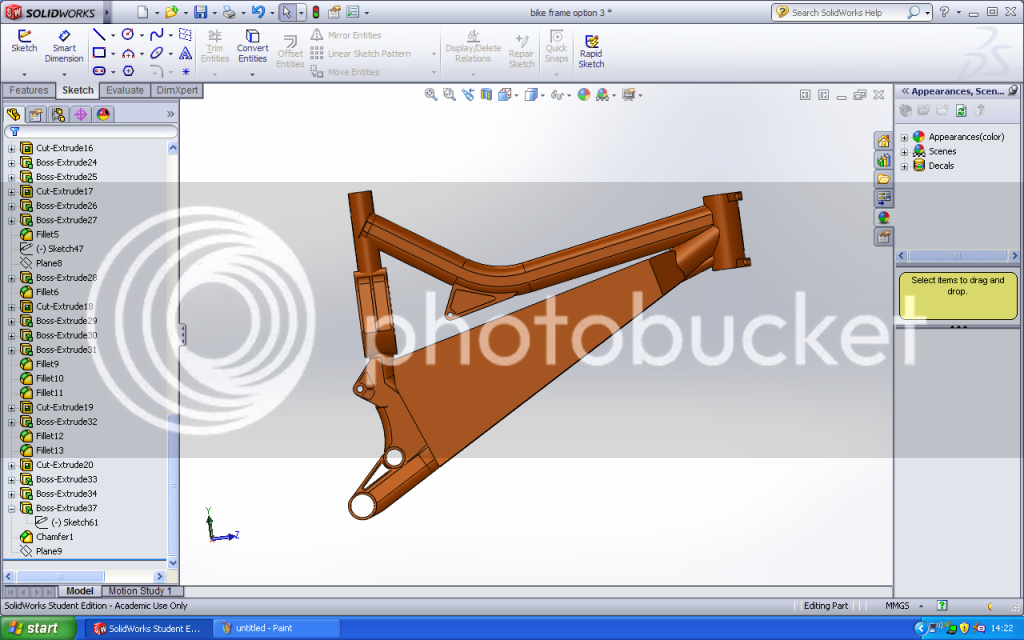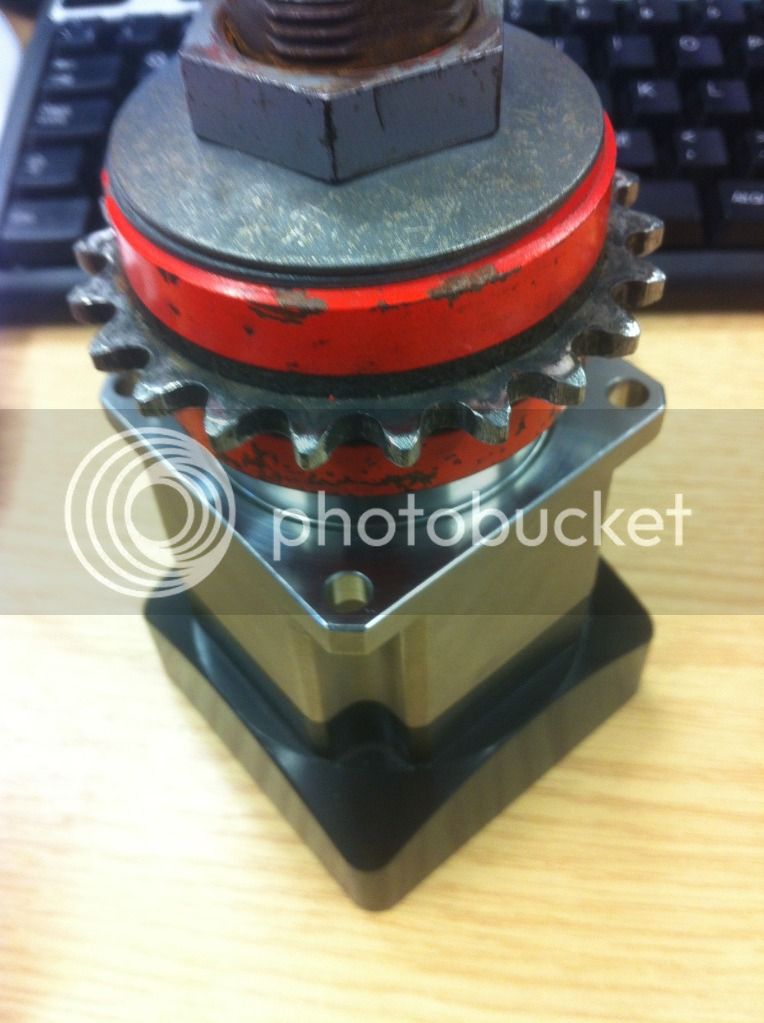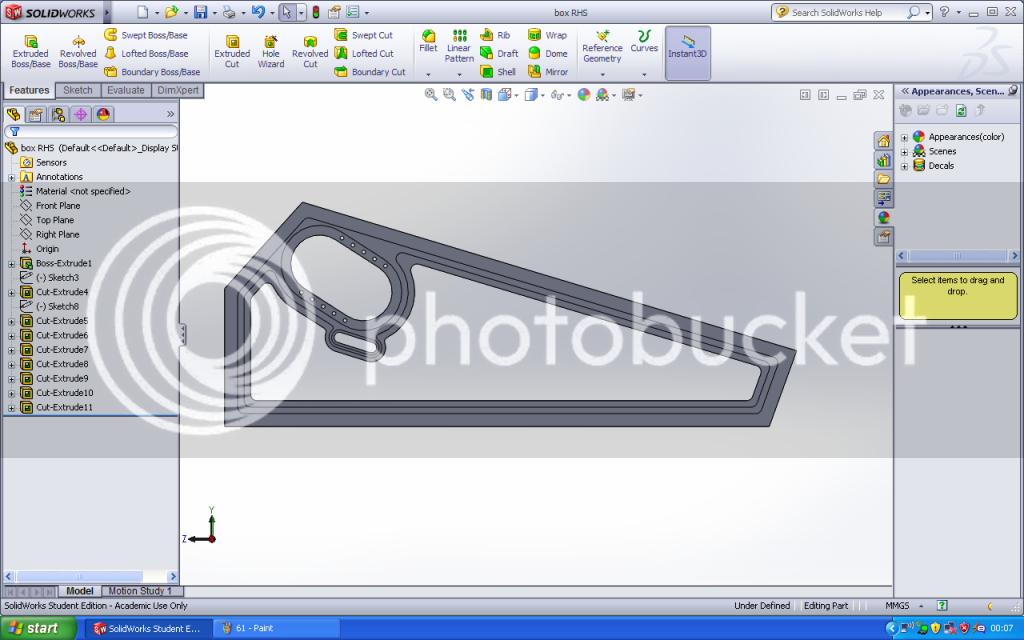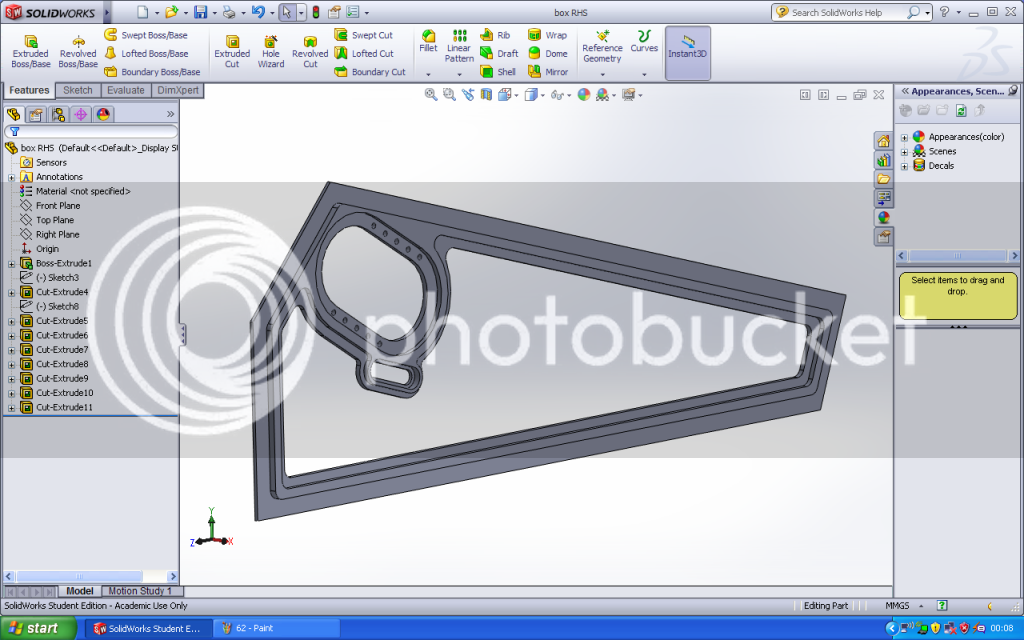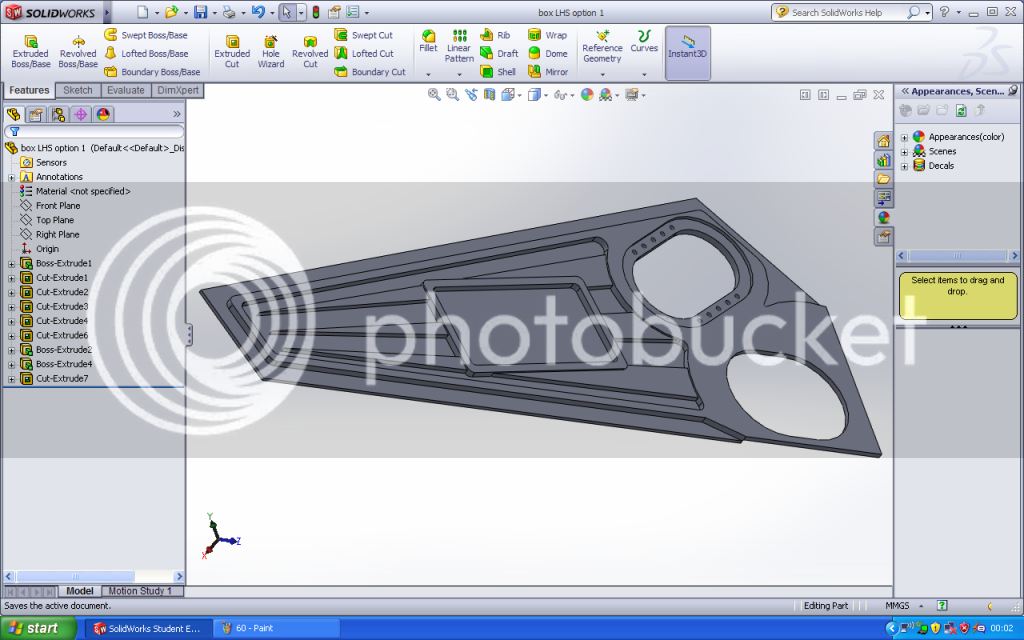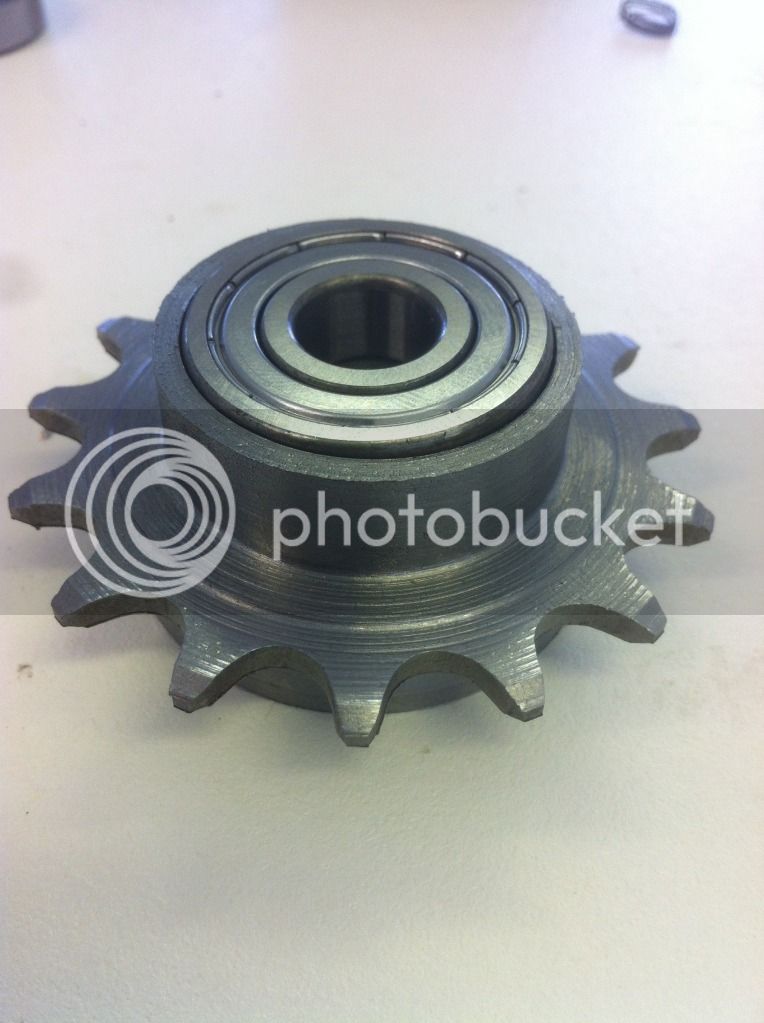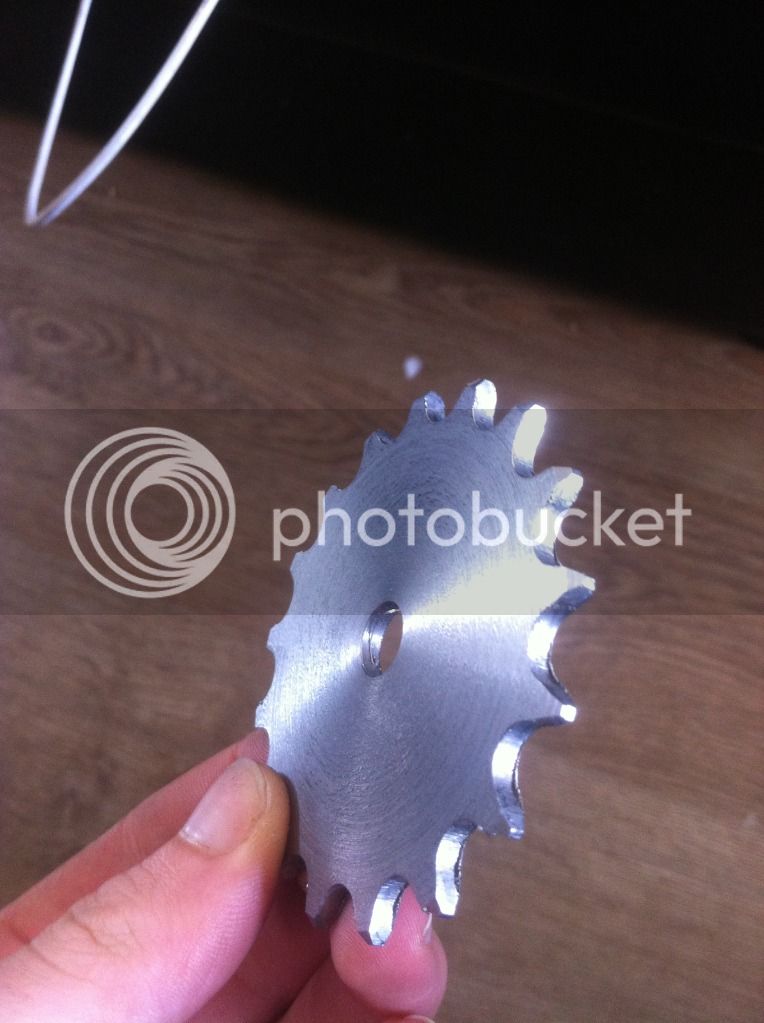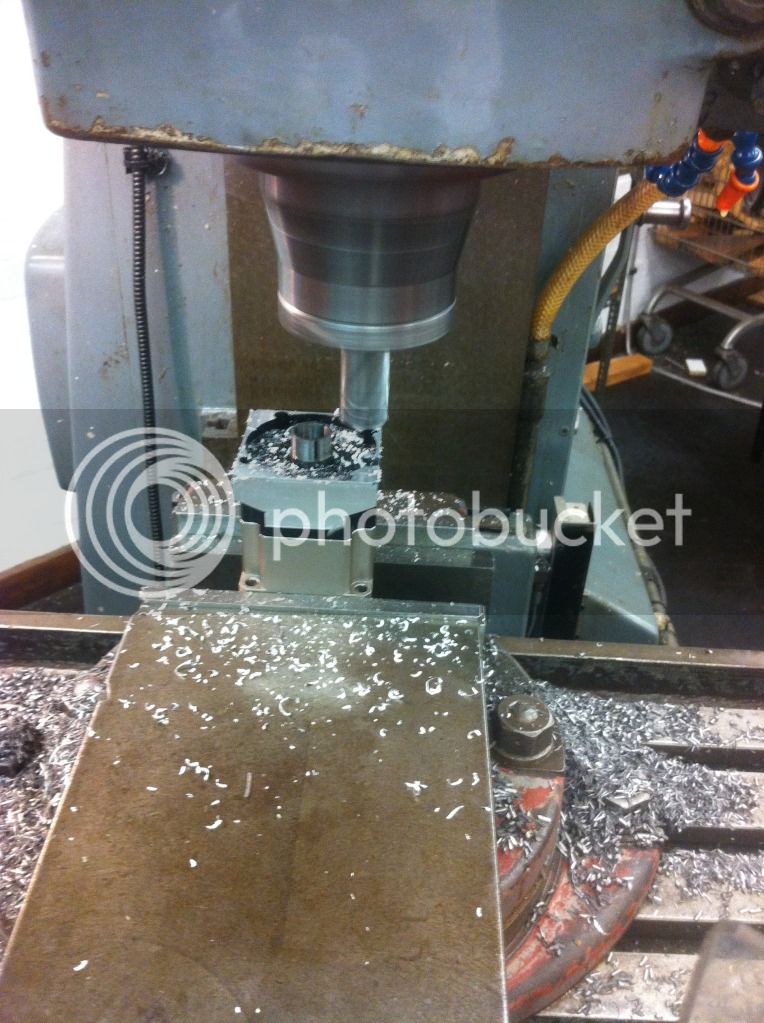etard
100 kW
I'm jealous that you get to build an ebike for class credit, that is truly awesome!
I see you are looking for frame advise and haven't really gotten much input, so I will point you to this thread on pinkbike that is sprinkled with great information between the Bullshit DH teenager's posts:
http://www.pinkbike.com/forum/listcomments/?threadid=39840&pagenum=115#commentid1716164
There was some fellows from California that built an ebike as part of thier engineering degree, they really did a stellar job with carbon fiber, they cheated and used a hubmotor though. .
.
Can you post up some design sketches that you have, maybe then we could give better advice for you?
I know you want to build light, but ,my opinion is that a prototype should be built heavy duty, and then incremetally shaving weight. Expensive bike gear usually means same strength but lighter, you can save a ton of money on the bike components, and better use that for the electronics. I would plan a cushion into your budget for blown batteries and at least one blown controller. Also, try to design flexibility into your system so that say your gearbox doesn't workout the way you planned, rather than having to redesign your frame, you can simply reattach a different mounting plate for that component and go on about your business. Also pay close attention to chain alignment issues.
If you are building a bike for light to medium trail duty, 40 mph is way too fast IMHO. It would be better to gear your bike for going 30 mph. Also, while you are working out the kinks, it will be easier on your motor and controller if it doesn't have to work so hard to get the bike moving, if you plan for 25 or 30, it's simply a matter of switching the motor sprocket out to 1 or 2 more teeth if you find the system can handle more speed.
Hope that helps, good luck!
I see you are looking for frame advise and haven't really gotten much input, so I will point you to this thread on pinkbike that is sprinkled with great information between the Bullshit DH teenager's posts:
http://www.pinkbike.com/forum/listcomments/?threadid=39840&pagenum=115#commentid1716164
There was some fellows from California that built an ebike as part of thier engineering degree, they really did a stellar job with carbon fiber, they cheated and used a hubmotor though.
Can you post up some design sketches that you have, maybe then we could give better advice for you?
I know you want to build light, but ,my opinion is that a prototype should be built heavy duty, and then incremetally shaving weight. Expensive bike gear usually means same strength but lighter, you can save a ton of money on the bike components, and better use that for the electronics. I would plan a cushion into your budget for blown batteries and at least one blown controller. Also, try to design flexibility into your system so that say your gearbox doesn't workout the way you planned, rather than having to redesign your frame, you can simply reattach a different mounting plate for that component and go on about your business. Also pay close attention to chain alignment issues.
If you are building a bike for light to medium trail duty, 40 mph is way too fast IMHO. It would be better to gear your bike for going 30 mph. Also, while you are working out the kinks, it will be easier on your motor and controller if it doesn't have to work so hard to get the bike moving, if you plan for 25 or 30, it's simply a matter of switching the motor sprocket out to 1 or 2 more teeth if you find the system can handle more speed.
Hope that helps, good luck!



